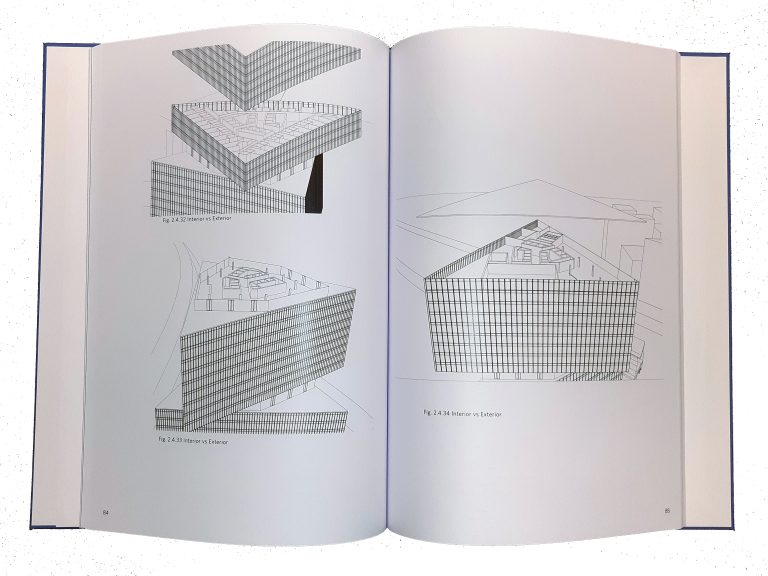Icon originates from a Greek work eikenai which means “to seem or to be like”, setting its roots in the dawm of civilisation. Throughout history humanity produced cast amounts of icons to represent important ideas and axiums, religious and historic events as well as lately brands and pop-culture. The icon could take many forms, from object to monument, fictional characters and historical figures, as well as forms surrounding us for millenia: architecture.
In current times, the iconicity of the buildings is equivalent to its brand identity and commercial value. We look at the known buildings as postcard of specific cities and locations, as well as character of these spaces. Even most oblivious to architecture people are able to identify such buildings as the Eiffel Tower, Sydney Opera House, or Empire State Building, automatically connecting them with corresponding cities. With these architectural icons embedding themselves into concience of the masses, it is possible to capitalise on their image. Their branding power, these buildings are considered as symbols of power, status as well as good taste. That power enabled possibility for the buildings to be used as marketing object. The best example is Frank Gehry’s Guggenheim Museum in Bilbao (Spain). The museum does not function well as an exhibition space, but its extravagant image as well as connection with architects image created an effective marketing tool for the city.
Serving both as an icon of Bilbao, and in turn a tourist magnet, it managed to revive the city’s falling economy, proving the commercial succes of iconic architecture.
Many cities around the world followed the success of Spanish city, which led to development of “Bilbao effect”. Buildings such as the Burj Khalifa or Marina Bay proved to be an essential element of economic and urban development, and now cities are immediately recognized through their iconic branding. But what it took to make these buildings so special? In what way the building can become iconic and what elements can cause them being recognised?











